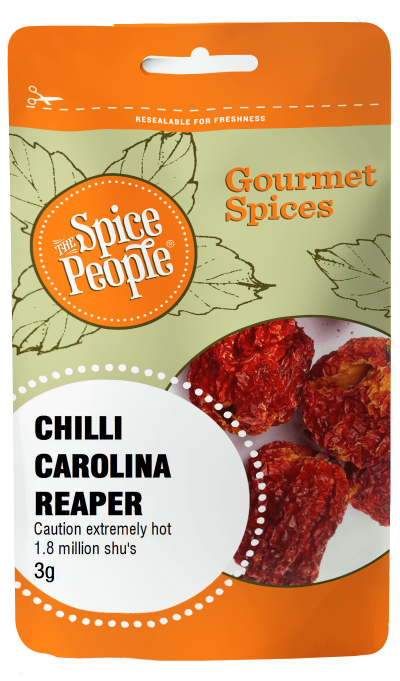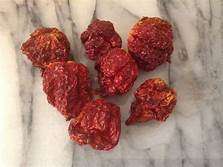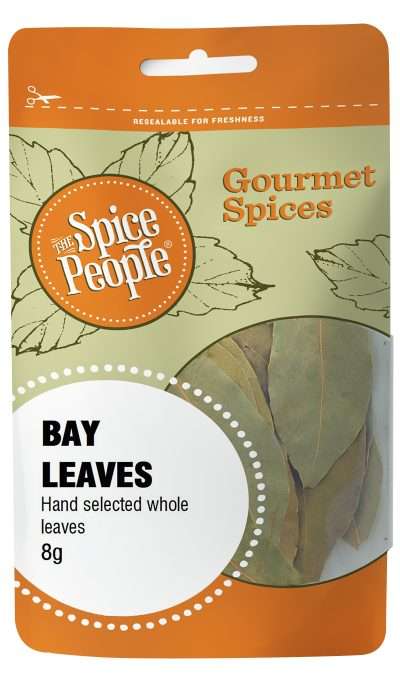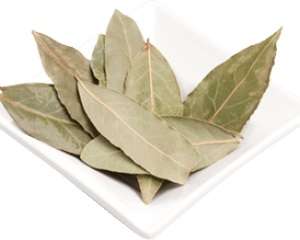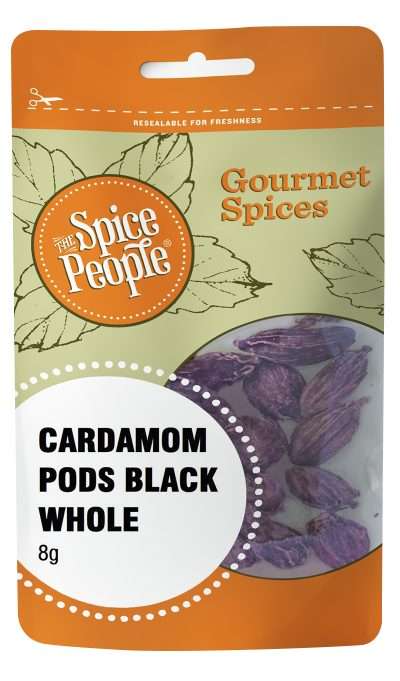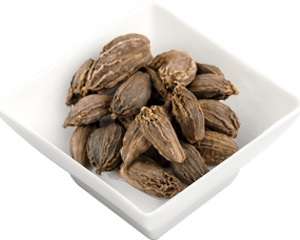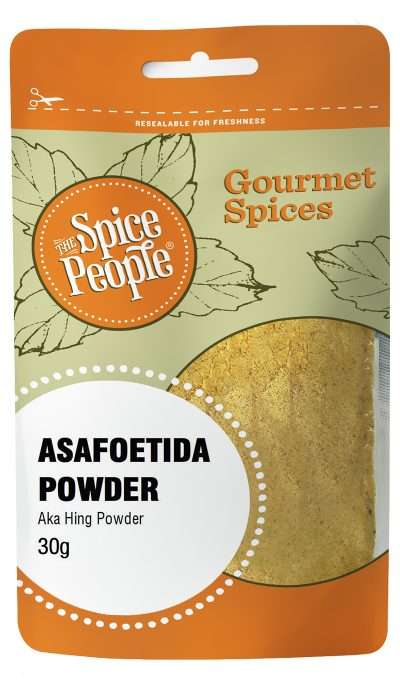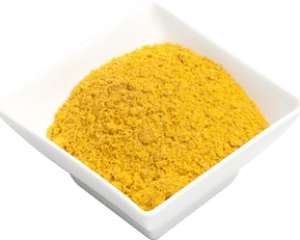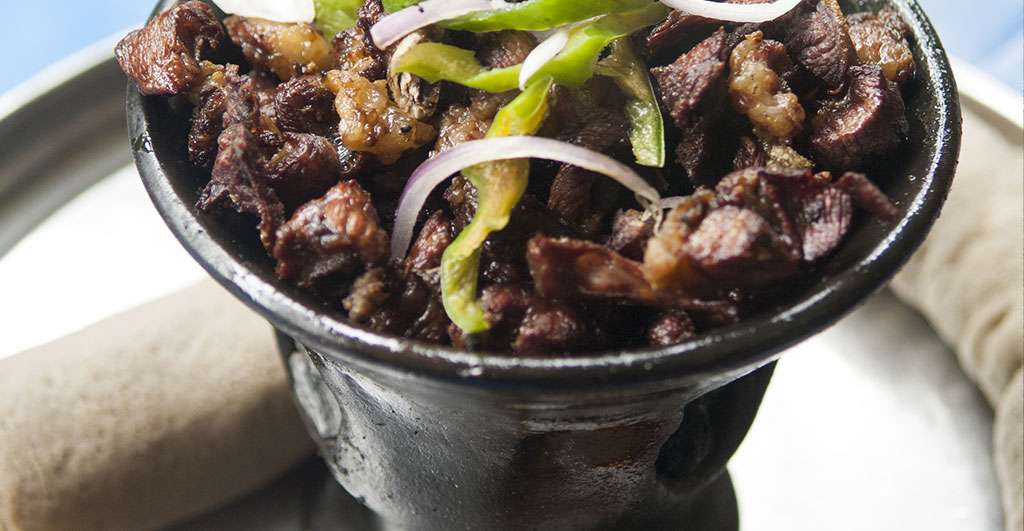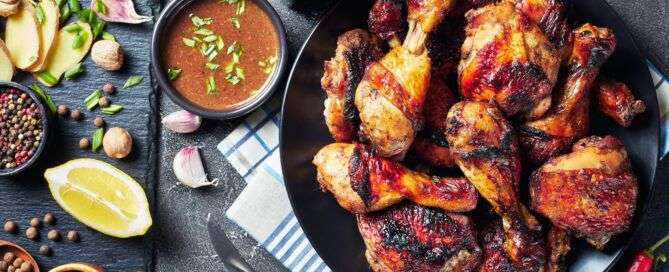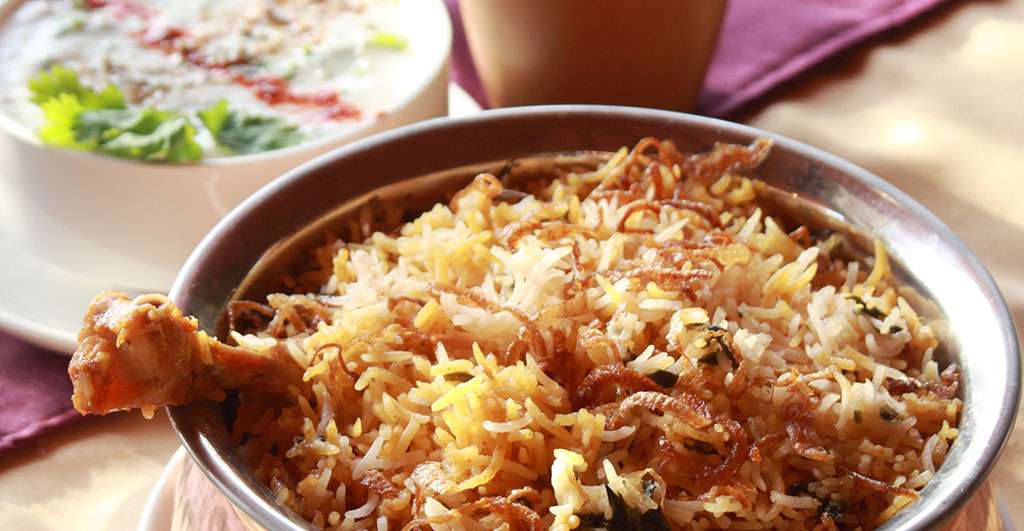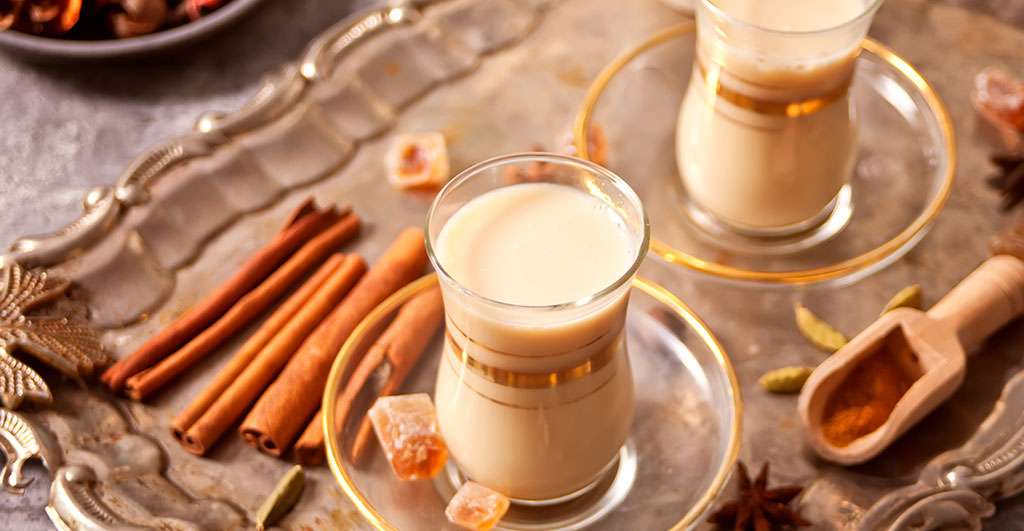Sumac Crushed – 160g
14 in stock
Product description
Sumac crushed is obtained from the dried berries from a bush that grows in the Middle East and southern Italy, and it is essential for Middle-Eastern cuisine especially Persian, Lebanese, and Turkish. In Middle Eastern cooking, sumac is used as a souring agent instead of lemon or vinegar. Sumac is delicious on roast meat & in particular lamb when mixed with paprika, pepper & oregano. It has a tangy, lemony, and fruity sour flavour and a fruity aroma that was once used as the tart, acid element by Romans. It can be used as a substitute of lemon in any dish on which you might squeeze fresh lemon juice. Also, its deep red-dark purple colour makes it a very attractive garnish.
Flavour Notes:
With a tangy, lemony taste, Sumac is used predominantly in Middle Eastern cooking and works particularly well with meat like lamb and chicken. Its tart flavour makes them a great substitute for lemon. We harvest the sumac berries at their peak ripeness, dry and crush them.
Culinary Notes:
The tart, lemony notes of sumac make it the perfect finishing seasoning to dishes like couscous, slow-cooks, soups, salads or even store-bought dips to spice them up. It’s also an excellent seasoning to add during cooking as well as part of a marinade for meats, veggies or seafood. Its tangy flavour pairs perfectly with paprika, cumin or ground coriander seeds.
Health Benefits:
Sumac has medicinal properties and health benefits. Some of the common benefits are antifungal, antimicrobial, antioxidant, and anti-inflammatory. A sumac drink may help to ease upset stomach, constipation, or even reducing fever. Also, it is a rich source of Vitamin C, contains anticancer properties, and helps to treat cardiovascular diseases, stroke, diabetes, and obesity.
Ingredients:
100% dried Crushed Sumac berries
How to use
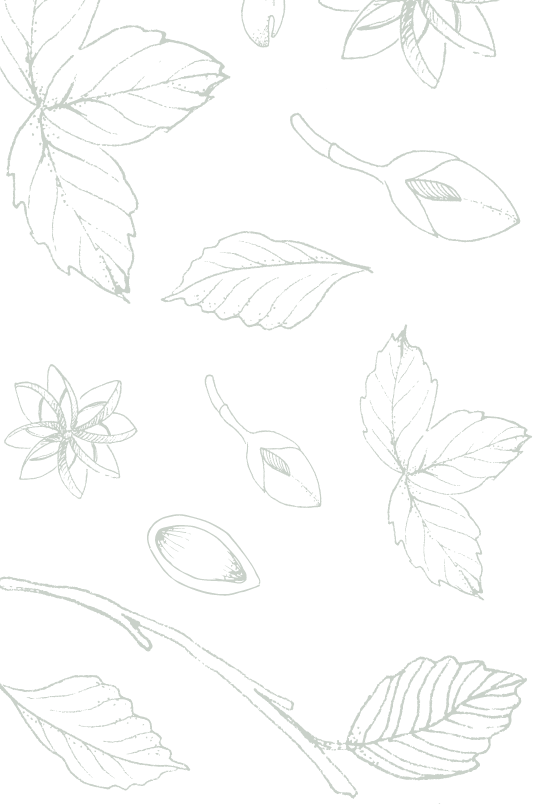
The Spice People FAQs


The Spice People FAQs

Other Spices you may like
Featured in



Join the Spice People to Get Started on Your Culinary Spice Journey!
Be the first to hear about our exclusive promotions, new product releases, recipes and more.





